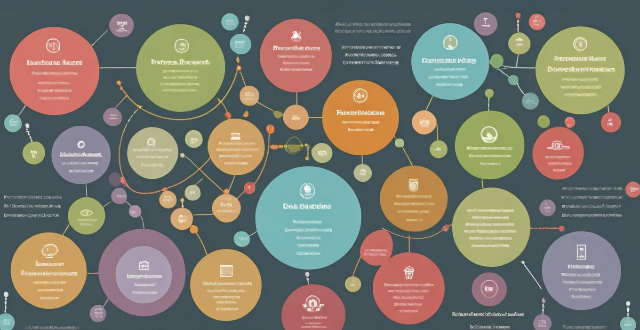Cultural sensitivity is crucial in personal safety training as it ensures accessibility, relevance, and effectiveness for all participants regardless of their cultural background. It makes the training more accessible by considering factors such as language barriers, religious practices, and cultural norms. Cultural sensitivity ensures that the training is relevant to the needs and experiences of all participants by understanding the unique challenges faced by different cultural groups. It enhances the effectiveness of personal safety training by fostering trust, empathy, and understanding among participants. To create a culturally sensitive personal safety training program, conduct a needs assessment, involve diverse stakeholders in the design process, train inclusive facilitators, create an inclusive learning environment, and evaluate and refine your program regularly.

Cultural Sensitivity in Personal Safety Training
Introduction
Cultural sensitivity plays a crucial role in the delivery and reception of personal safety training. It ensures that the training is accessible, relevant, and effective for all participants, regardless of their cultural background. This article will explore how cultural sensitivity impacts personal safety training and provide tips for creating an inclusive learning environment.
Impact of Cultural Sensitivity on Personal Safety Training
1. Accessibility
Cultural sensitivity makes personal safety training more accessible to individuals from diverse backgrounds. By considering factors such as language barriers, religious practices, and cultural norms, trainers can create a welcoming environment that encourages participation and engagement. For example:
- Providing translation services for non-native speakers
- Accommodating religious practices, such as prayer breaks or dietary restrictions
- Recognizing and respecting cultural norms, such as dress codes or communication styles
2. Relevance
Cultural sensitivity ensures that personal safety training is relevant to the needs and experiences of all participants. By understanding the unique challenges faced by different cultural groups, trainers can tailor their curriculum to address these concerns effectively. For instance:
- Incorporating examples and scenarios that reflect the lived experiences of diverse populations
- Discussing culturally specific forms of violence or harassment, such as honor-based abuse or xenophobia
- Providing resources and support for issues that disproportionately affect certain communities, such as immigration-related trauma or discrimination based on sexual orientation or gender identity
3. Effectiveness
Cultural sensitivity enhances the effectiveness of personal safety training by fostering trust, empathy, and understanding among participants. When trainers demonstrate respect for diverse perspectives and experiences, they create a safe space where learners feel comfortable sharing their thoughts and feelings. This leads to increased engagement, retention, and application of the material. Some benefits include:
- Building rapport with participants through shared cultural references and experiences
- Encouraging open dialogue about sensitive topics, such as race, ethnicity, or religion
- Promoting a sense of community and collective responsibility for each other's safety
Tips for Culturally Sensitive Personal Safety Training
To create a culturally sensitive personal safety training program, consider the following tips:
1. Conduct a Needs Assessment
Before designing your training program, conduct a needs assessment to identify the cultural diversity of your audience. This will help you understand their unique needs, preferences, and expectations regarding personal safety training. Some methods for gathering information include:
- Surveys or questionnaires
- Focus groups or interviews
- Observation or ethnographic research
2. Involve Diverse Stakeholders in the Design Process
Involve representatives from various cultural groups in the design process to ensure that your training program is inclusive and responsive to their needs. This can be achieved through:
- Consulting with community leaders or organizations serving diverse populations
- Including diverse voices in the development of training materials and activities
- Seeking feedback from a broad range of stakeholders throughout the design process
3. Train Inclusive Facilitators
Select facilitators who are knowledgeable about cultural differences and trained in inclusive teaching techniques. They should be able to:
- Model respectful behavior towards all participants
- Use inclusive language and avoid cultural biases or stereotypes
- Adapt their teaching style to accommodate different learning preferences and needs
4. Create an Inclusive Learning Environment
Create a learning environment that promotes respect, understanding, and collaboration among participants. Some strategies include:
- Establishing ground rules for respectful communication and behavior
- Providing opportunities for participants to share their cultural backgrounds and perspectives
- Celebrating diversity through cultural events or activities related to personal safety
5. Evaluate and Refine Your Program
Regularly evaluate your personal safety training program to ensure that it remains culturally sensitive and effective. This involves:
- Solicit feedback from participants about their experiences and suggestions for improvement
- Analyze data on program outcomes, such as participation rates, knowledge retention, and behavior change
- Update your program based on evaluation results and emerging best practices in culturally sensitive education